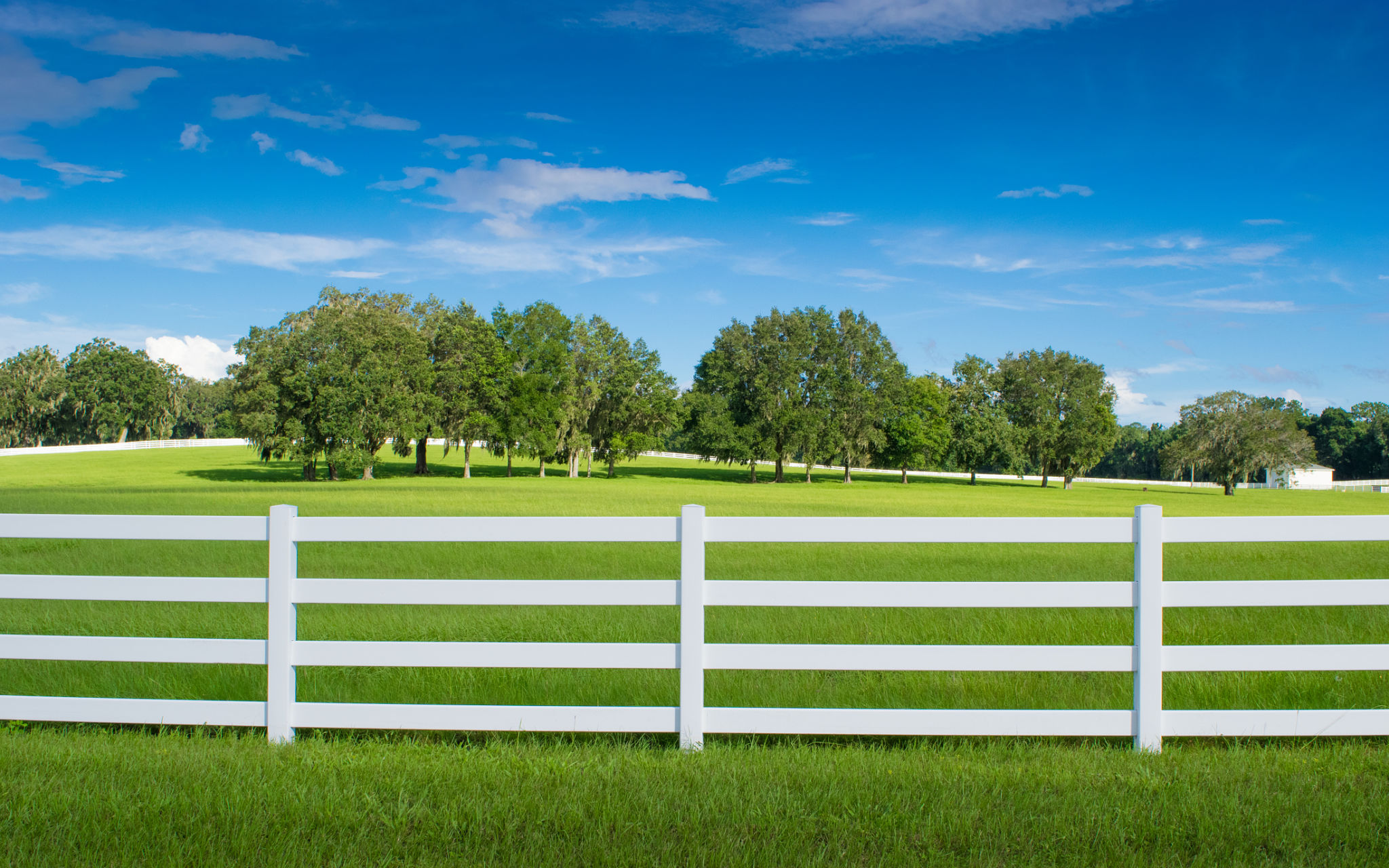How to Prepare Your Ocala Farm for Seasonal Changes
Understanding Ocala's Seasonal Changes
Ocala, with its rich agricultural heritage, experiences significant seasonal changes that can impact farm operations. Preparing your farm for these changes is crucial for maintaining productivity and ensuring the well-being of your livestock and crops. By understanding the specific climatic variations in Ocala, you can take proactive steps to safeguard your farm throughout the year.
The region typically experiences mild winters and hot, humid summers. This means that different preparations are required as seasons transition. Taking the time to plan ahead can save both money and resources in the long run.

Preparing for Cooler Weather
As temperatures begin to drop, it's essential to ensure your farm is ready for cooler weather. Insulating barns and livestock shelters can help retain warmth, providing a comfortable environment for your animals. Make sure to check for drafts and seal any gaps that may let in cold air.
Additionally, consider adjusting feeding routines to accommodate the energy needs of animals in colder weather. Increasing caloric intake can help animals maintain body heat. Stock up on feed and check water sources to prevent freezing, ensuring a continuous supply of fresh water.
Soil and Crop Management
The transition between seasons is an ideal time to focus on soil health. Test your soil to determine nutrient levels and amend it accordingly to prepare for planting. Fall is often a good time to apply lime or other nutrients, as it allows them to integrate into the soil by spring.
Consider planting cover crops to protect and enrich the soil during the off-season. These crops help prevent erosion, suppress weeds, and improve soil fertility. Choose varieties that are well-suited to Ocala's climate and your specific farming goals.

Equipment Maintenance and Storage
Properly maintaining and storing farm equipment is vital during seasonal transitions. Conduct thorough inspections of all machinery, checking for signs of wear and tear. Address any necessary repairs before equipment is stored for the season.
When storing equipment, clean it thoroughly to remove dirt and debris. Lubricate moving parts and store machinery in a dry, sheltered location to prevent rust and corrosion. Taking these steps will help ensure your equipment is ready when you need it again.
Adapting Livestock Care
Seasonal changes also require adjustments in livestock care routines. Ensure that all animals have access to shelter that protects them from extreme weather conditions. Regularly check bedding materials and replace them as needed to keep livestock warm and dry.

Monitor animal health closely, as changes in weather can increase susceptibility to illness. Maintain consistent veterinary checkups and vaccinations to keep your animals healthy. Being proactive with healthcare can prevent costly issues down the line.
Planning for the Year Ahead
Finally, use this time of change to plan for the upcoming year. Review past seasons' successes and challenges, and adjust your strategies accordingly. Set goals for crop yields, livestock production, and any new ventures you wish to explore.
Creating a flexible plan allows you to adapt quickly to unforeseen challenges while keeping your farm operations running smoothly. Keeping detailed records will help track progress and make informed decisions in future seasons.
